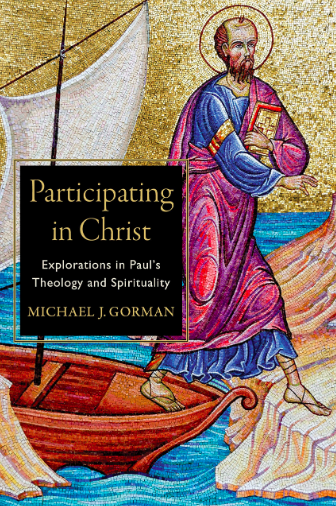
I wrote a post a while back Why would God use 4.6 Billion years? This post arose in response to a reflection of Ben Witherington’s with respect to the creation of the earth and received quite a bit of comment.
With the new feature found at the bottom of each post – You May Also Like – old posts are brought back to attention. A frequent reader saw the post and sent along by e-mail some thoughts it raised for him. I think they are worth considering here.
Why would God create a universe that is incredibly large?
Even if there is life on other planets (leaving aside the many theological questions and answers), a number of corollary challenges arise – why didn’t God create all life in one place? And if life were only found here on earth why not just the solar system? Or just a nice set of drawings in the sky outside the solar system? 😉
To me the incredible size (which is unnecessary, given infinite creational power – equally unnecessary to Witherington’s time question) raises the same question. And, if Witherington is questioning the age of the universe – then it seems to me he needs to equally question its size (though I think the evidence for both the size and age are tied together; most who superficially may question the age, do not question the size in the same way).
As far as we can tell, the universe is both infinite and expanding. There are billions and billions of stars … which is an underestimate. There are 100 billion to 400 billion or so stars in the Milky Way (I find different estimates in different sources). And our Milky Way is only one galaxy of many. In fact there appears to be something like 200 billion galaxies in the observable universe, each with its own set of stars. The picture above is a deep space image of galaxies, not of stars. We are now identifying planets around some of the stars in our galaxy. Whether there is life on other planets, in this galaxy or beyond, is something we will probably never know. The closest star is 4 light-years away, our galaxy itself some 100,000 light-years across. The size and complexity of the universe is unfathomable.
Is the age of the universe a conundrum, God’s use of 4.6 billion years a problem, but the size of the universe merely a wonder?
The writer continues:
My answer to both is that both help us see something about God (and of course the Scriptures themselves indicate that humanity should look to creation – which would include hints of age as well as other features – to see aspects of God; e.g., Rom. 1:18-21, 2:14-15; Ps. 19; etc.). What they help us see is His unimaginable power and greatness as well as the depth of His eternal nature.
God created a universe that seems infinitely large to us – which indicates His infinite power. So, too, this universe is not only huge in size beyond our ability to comprehend, its time is also beyond our comprehension (“he has set eternity in their heart”). The universe simultaneously demonstrates God’s eternal nature and His infinite power.
And, the unimaginable size and duration of the universe leads us to – perhaps this is the more important point – an unimaginable depth and beauty to the sacrifice of Jesus (the creator – Col. 1:15-20; John 1) – especially His voluntary humility and humiliation described in Phil. 2:6-8.
God bless,
Jeff Y
What do you think?
What does the scope and wonder of the universe teach us about God?
If you wish to you may contact me directly at rjs4mail[at]att.net.
If interested you can subscribe to a full text feed of my posts at Musings on Science and Theology.
If you are interested, the rest of the caption from NASA to the image above: HUBBLE Deep Field Caption.











